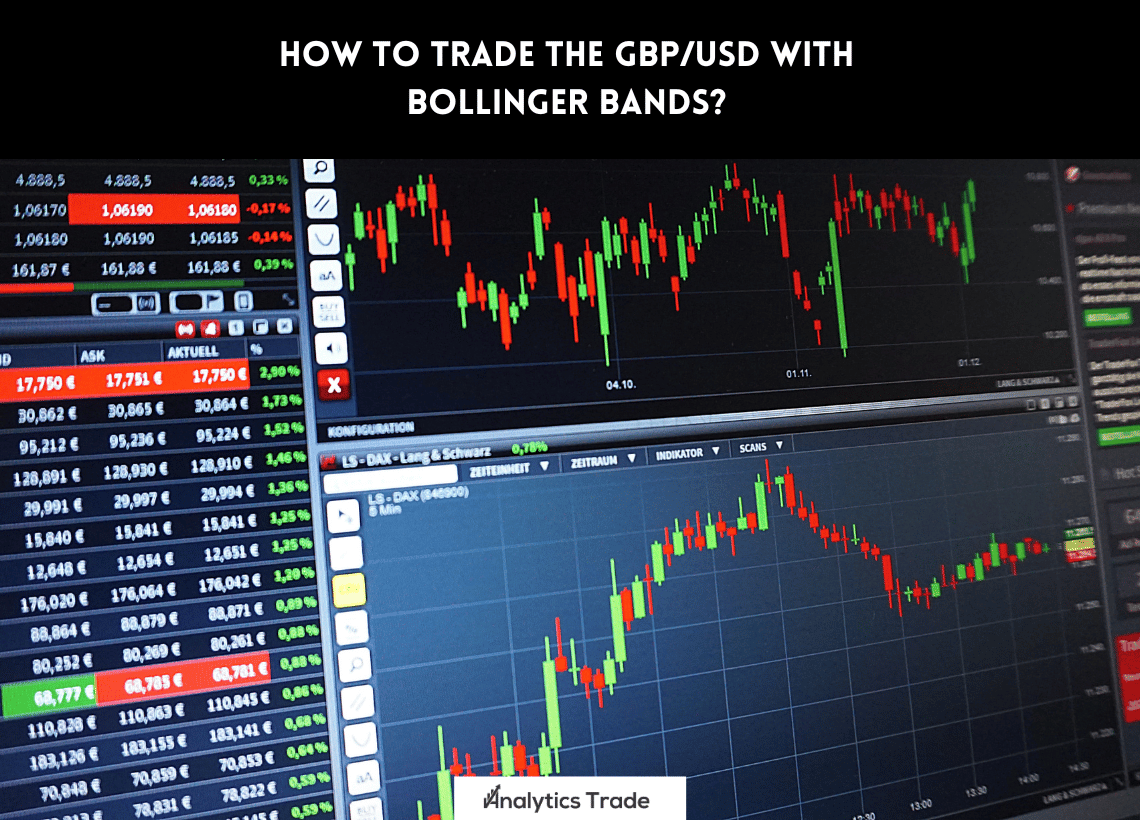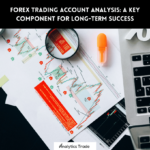What are Bollinger Bands?
Bollinger Bands are a technical analysis tool developed by John Bollinger in the 1980s. They are used to measure the volatility of a financial instrument, such as a currency pair, and to identify potential trading opportunities. Bollinger Bands consist of three lines: an upper band, a lower band, and a middle line. The middle line is a simple moving average (SMA) of the price, while the upper and lower bands are two standard deviations away from the SMA. The bands widen when volatility increases and narrow when volatility decreases.
How to Trade the GBP/USD with Bollinger Bands
Trading the GBP/USD with Bollinger Bands can be a profitable strategy for traders. The key is to identify when the market is trending and when it is ranging. When the market is trending, traders can look for opportunities to buy near the lower band and sell near the upper band. When the market is ranging, traders can look for opportunities to buy near the upper band and sell near the lower band.
Step 1: Identify the Trend
The first step in trading the GBP/USD with Bollinger Bands is to identify the trend. This can be done by looking at the position of the price relative to the bands. If the price is above the upper band, then the market is in an uptrend. If the price is below the lower band, then the market is in a downtrend. If the price is between the two bands, then the market is in a range.
Step 2: Enter a Trade
Once the trend has been identified, traders can enter a trade. If the market is in an uptrend, traders can look for opportunities to buy near the lower band. If the market is in a downtrend, traders can look for opportunities to sell near the upper band. If the market is in a range, traders can look for opportunities to buy near the upper band and sell near the lower band.
Step 3: Set a Stop Loss
Once a trade has been entered, traders should set a stop loss. This is a predetermined level at which the trade will be closed if the market moves against the trader. The stop loss should be set at a level that is outside of the Bollinger Bands. This will help to protect the trader from large losses if the market moves against them.
Step 4: Set a Take Profit
Once a trade has been entered, traders should also set a take profit. This is a predetermined level at which the trade will be closed if the market moves in the trader’s favor. The take profit should be set at a level that is outside of the Bollinger Bands. This will help to ensure that the trader is able to maximize their profits if the market moves in their favor.
Conclusion
Trading the GBP/USD with Bollinger Bands can be a profitable strategy for traders. The key is to identify the trend and then enter trades near the upper or lower band. Traders should also set a stop loss and a take profit to protect their capital and maximize their profits. With the right strategy and risk management, traders can use Bollinger Bands to trade the GBP/USD successfully.
Personal Opinion
Bollinger Bands are a great tool for trading the GBP/USD. They can help traders identify potential trading opportunities and manage their risk. I have found that trading with Bollinger Bands can be a profitable strategy if used correctly. However, it is important to remember that no trading strategy is perfect and that losses can occur. As with any trading strategy, it is important to use proper risk management and to never risk more than you can afford to lose.






Comments